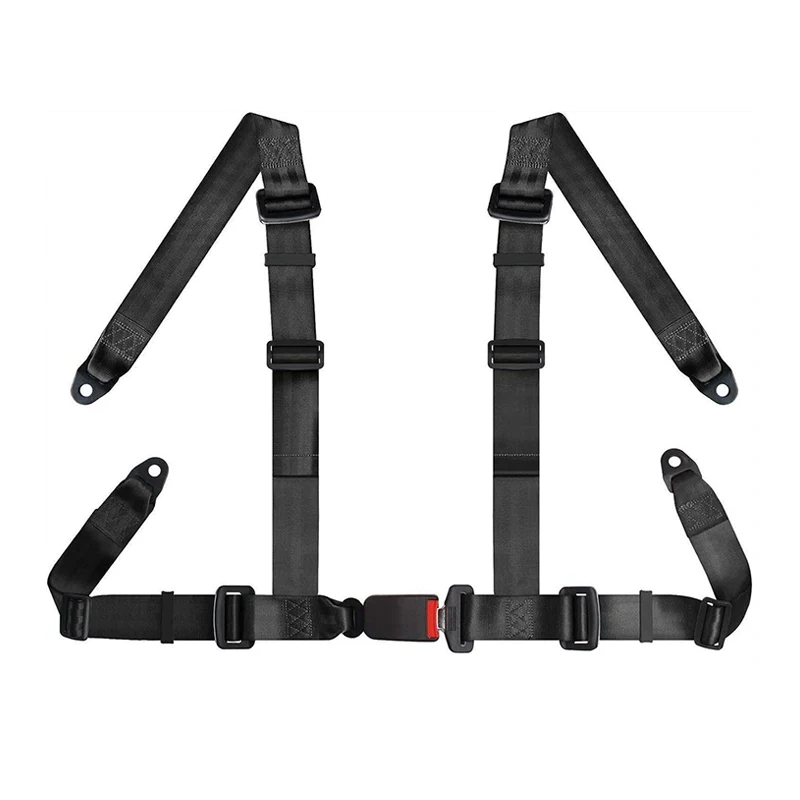How Seat Belts Have Evolved: A Journey of Safety Innovation
2025-03-31
Seat belts have come a long way since their inception, evolving through decades of technological advancements to become one of the most effective vehicle safety features. From basic lap belts to advanced restraint systems, seat belts continue to save lives and prevent severe injuries. Let’s explore the history, technological improvements, and the future of seat belt innovation.
The History of Seat Belts
- Early Inventions: Seat belts were first introduced in the late 19th century for aviation use.
- Automotive Adoption: In the 1950s, Volvo engineer Nils Bohlin revolutionized car safety with the creation of the three-point seat belt, which became a standard in modern vehicles.
- Legislation and Awareness: Over the years, seat belt laws and public awareness campaigns have significantly increased seat belt usage rates, reducing road fatalities.

Technological Advancements in Seat Belts
1. Pretensioners: Activated during a collision, pretensioners tighten the belt to remove excess slack, keeping passengers firmly in place.
2. Load Limiters: These devices reduce the force applied to passengers by releasing a controlled amount of belt webbing during severe impacts.
3. Adjustable Seat Belts: Allow passengers to customize belt height for enhanced comfort and protection.
4. Integrated Child Safety Systems: Many modern vehicles feature built-in harnesses and latch systems to ensure proper child seat installation.
5. Smart Seat Belts: Emerging technologies include sensors and alerts that remind passengers to buckle up, adding an extra layer of safety.
The Importance of Continuous Innovation
With advancements in vehicle safety, seat belts remain a critical component in crash protection. Collaborations between automotive engineers and safety researchers continue to refine belt designs to further reduce injuries and fatalities.
The Future of Seat Belts
- Adaptive Seat Belts: Future seat belts may adjust tension and positioning based on the passenger’s size, weight, and position.
- Connected Safety Systems: Integration with vehicle sensors and AI can provide real-time monitoring to optimize seat belt performance.
- Enhanced Comfort Materials: New materials are being developed to provide both flexibility and strength without compromising safety.
Conclusion
The evolution of seat belts demonstrates a steadfast commitment to automotive safety. As technology advances, we can expect even smarter, more adaptive seat belts that offer better protection for all passengers. Remember, while innovation continues to enhance safety features, the simplest act of buckling up remains one of the most effective ways to protect yourself on the road.


